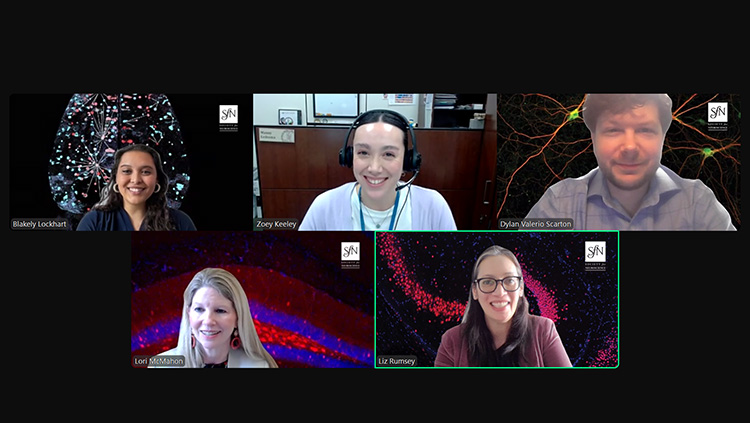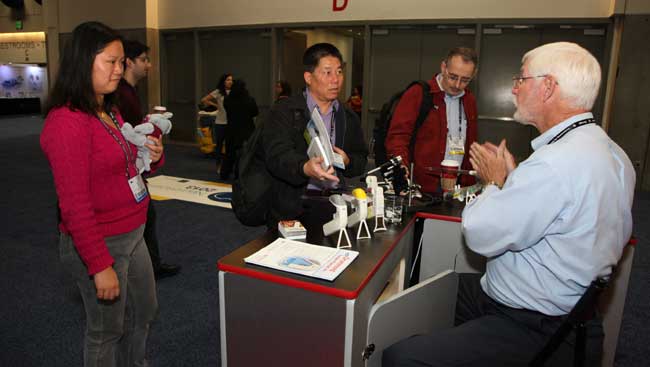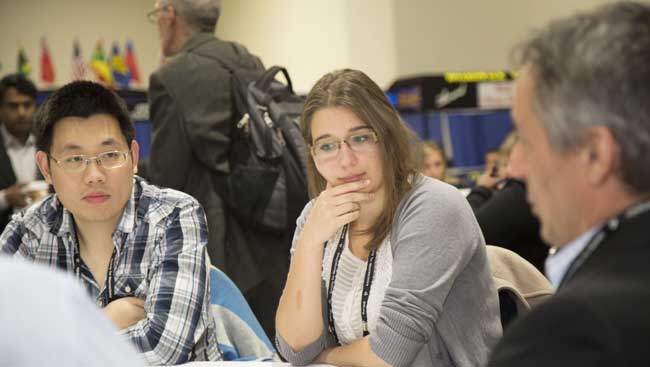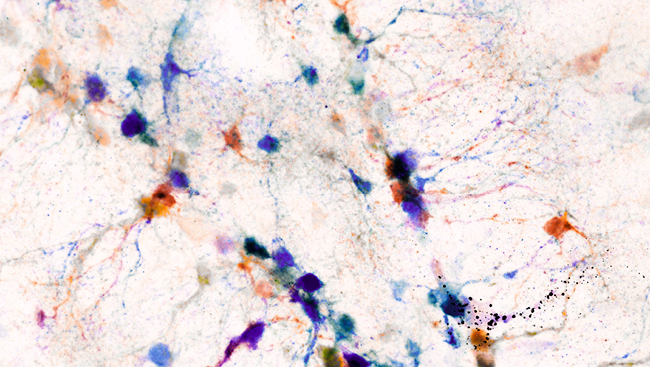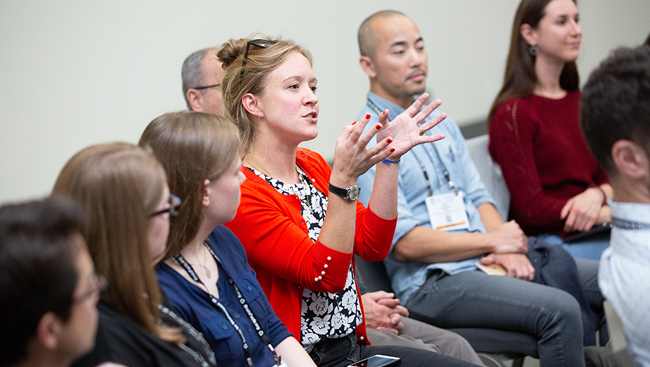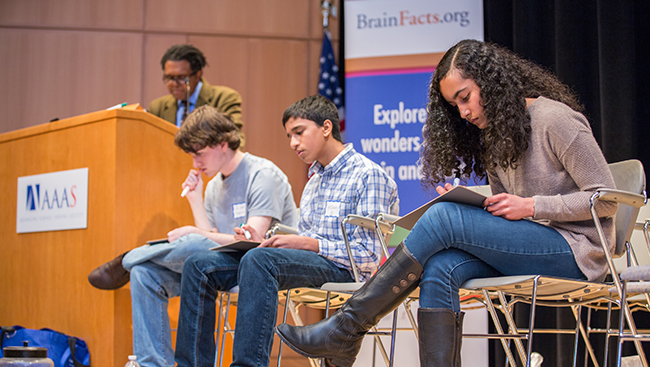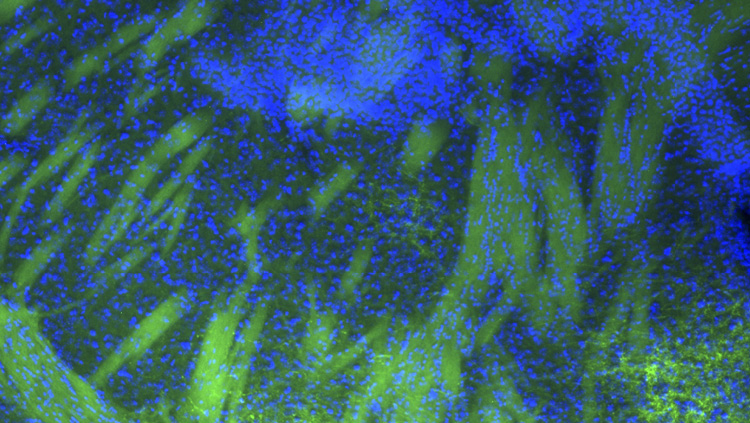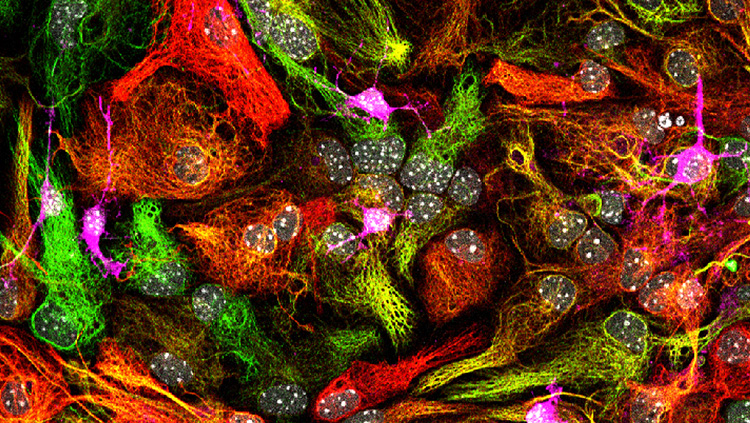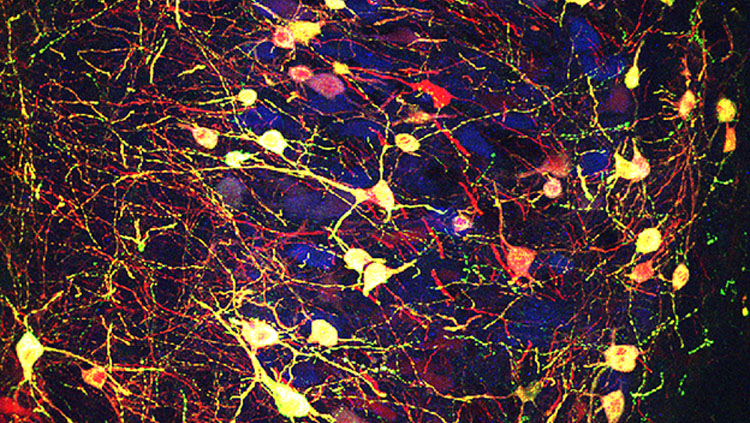Advocacy and Outreach
Explore how scientists around the world are engaging the public and promoting the value of brain research. Discover practical strategies for raising awareness in your community or institution, and access resources such as articles and training videos to help you effectively communicate your research and advocate for science.
Filter
Refine by
36 - 48 of 203
-
February 10, 2021 1:00 PM - 2:00 PM EST
-
Sep 27, 2016
-
Aug 01, 2018
-
December 09, 2020 2:00 PM - 3:00 PM EST
-
Jun 28, 2018
-
October 26, 2020 2:00 PM - 3:00 PM EDT
-
Aug 19, 2020

